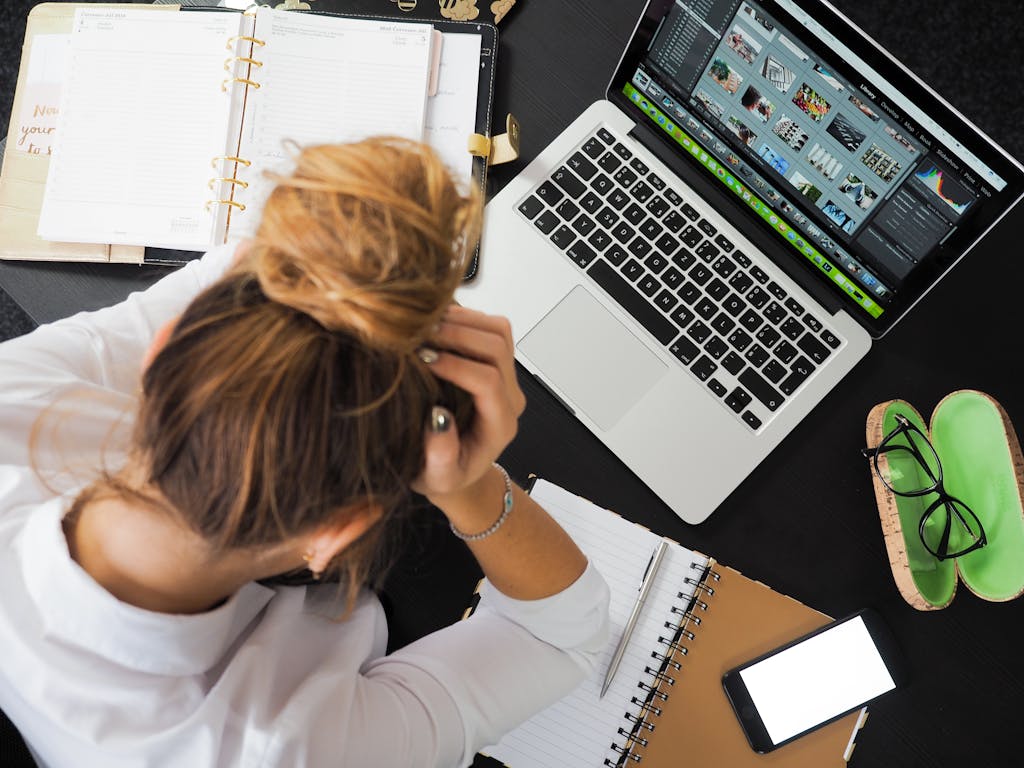How to Stop Being Lazy and Start Working Out at Home: Tips and Tricks for Active Seniors
Are you having trouble finding the motivation to exercise since you’ve gotten older?
You’re not alone!
I faced the same struggle, yep it sucked.
But I found a way to get out of my slump and get back into the swing of things.
I’m here to share with you all of my secrets on how to stop being lazy and start your at-home workout routine.
So, say goodbye to laziness and hello to a healthier and fitter you!
This post contains affiliate links. As an Amazon Associate, I earn from qualifying purchases. This means I may earn a commission at no extra cost to you should you choose to make a purchase using my link.
Understanding the Importance of Regular Exercise
I’m quite sure that you know the importance of exercise for your physical and mental health, not to mention the boost it can give to your mood and energy levels.
Health Benefits
Regular exercise can help prevent chronic diseases like heart disease, diabetes, and, of course, obesity.
Exercise also helps to improve your cardiovascular health by strengthening your heart and lungs.
Then there is the fact that it helps with overall strength and balance to decrease our risk of falls – which can become a real problem as we get older.
Mental Benefits
Along with the physical benefits, regular exercise is also a great way to take stress and anxiety down a notch.
It can also boost your mood and self-esteem.
Regular exercise has also been shown to help with preventing depression and improving our cognitive function.
Identifying the Reasons for Laziness
When it comes to working out at home, laziness can be a huge obstacle.
So, now it’s time to dig deep and ask yourself a few tough questions to identify the reasons behind your laziness.
For me, I think the biggest thing was just plain ol’ burnout!!
But yours may be different. Here are a few common reasons why some people struggle with working out.
Lack of Motivation
Come on, we have all dealt with this at one time or another!
It can be hard to find the energy to work out, especially if you’re feeling stressed out or depressed.
It becomes a vicious cycle.
You feel too stressed out or depressed to work out – but a good workout would help to decrease your stress and depression.
So, how do you break this cycle?
I think that the biggest thing is to talk nicer to yourself!
Sometimes, we are the thing standing in our own way.
If you have a support person – YAY you – however, some people don’t have this person.
So, you may need to just be kind to yourself and be your own cheerleader.
Start by being honest with yourself and outline your goals. Be specific, track your progress and then reward yourself.

Physical Exhaustion
Physical exhaustion can also be a major contributor to laziness.
If you’re feeling tired or sore, it can be tempting to blow off your workout altogether.
However, this is when you have to really talk to yourself, you have to remember that exercise can actually help boost your energy levels over time.
Remind yourself how good you feel after a good workout.
Start out with low-impact workouts like yoga or stretching.
Then begin to include more high-impact workouts like weightlifting, walking, cycling or HIIT with your low-impact workouts.
Remember, “a body in motion stays in motion.”

Mental Fatigue
Finally, mental fatigue can be a major issue in laziness.
If you’re feeling overwhelmed or stressed, it can be hard to find the motivation to work out.
To fight this, try practicing mindfulness or meditation before your workout.
You can also try breaking up your workout into smaller, more manageable chunks throughout the day.
Start out with one 10 or 20-minute workout in the morning and another 10-20-minute workout in the early evening and slowly increase.
If you can identify the reasons behind your laziness, you can take steps to overcome it and start working out more consistently.
For me, I think I had a combination of mental and physical, so I really had to give myself a kick in the ass!
Just remember to be patient with yourself and celebrate all of your milestones along the way.

Creating a Personalized Workout Plan
When it comes to working out at home, having a personalized workout plan can make all the difference.
Here are some steps I took to create a workout plan that works for me.
Setting Realistic Goals
The first step in creating a personalized workout plan is setting realistic goals.
I like to think about what I want to achieve and then break it down into smaller, more reachable goals.
For example, if my ultimate goal is to lose 20 pounds, I might set a goal to lose 2 pounds a week for the next 10 weeks.
This helps me to not feel like a failure for not reaching some crazy big goal. If you feel like a failure, you will want to quit working out altogether.
READ MORE: Setting Cycling Goals For Beginners? Look No Further | Simply Aging Healthy
Choosing Preferred Exercises
Another important key to creating a personalized workout plan is picking exercises that you enjoy.
I have found that I’m much more likely to stick to a workout routine if I’m doing exercises that I actually like doing.
For example, I might choose to do yoga one day, strength training the next, and cardio on the third day.
This keeps things interesting and helps prevent boredom.
Scheduling Exercise Time
Finally, scheduling in my exercise time is extremely important for me to stay on track with my workout plan.
I like to look at my weekly schedule and find times when I can fit in a workout. There are also routine planner apps such as Me+ daily routine planner.
This helps me organize time to work out.
It might mean waking up early to exercise before work or scheduling a workout during my lunch break.
If you’re like me – once it is on my calendar, I just mentally have to do it!
By following these steps, you’ll be able to create a workout plan that works for you and helps you stay motivated to exercise at home.

How to Stop Being Lazy and Exercise? – Find Your Why
This is huge.
We all need a why in order to stay motivated and to keep working out.
Is it to fit into a dress for a special day?
Maybe you’re like me and just want to keep up with your grandkids or maybe you just need to be more active to live a healthier life and stay independent.
Whatever it is, write it down and put it some place that you will see it all of the time.
Adapting to Changes
When it comes to working out at home, it’s important to be adaptable.
Life is full of changes, and sometimes, our workout routines need to change with it.
Here are some tips for adapting to changes in your workout routine.
Changing Workout Routine
If you’re used to going to the gym, working out at home can be a big change.
You may need to adjust your routine to fit your new environment.
Here are some tips for changing your workout routine:
- Start small: Don’t try to do too much too soon. Start with a few simple exercises and gradually increase the intensity and duration of your workouts.
- Mix it up: Doing the same workout every day can get boring. Mix up your routine with different exercises and activities to keep things interesting.
- Use what you have: You don’t need fancy equipment for a good workout. Use what you have at home, like chairs, stairs, or even canned goods, to add resistance to your exercises.
Dealing with Setbacks
Setbacks are a normal part of any fitness journey. Trust me!
Whether it’s an injury, illness, or just a busy schedule, there will be times when your workout routine gets derailed.
Here are some tips for dealing with setbacks:
- Be patient: It’s important to give your body time to heal and recover. Don’t rush back into your workout routine too soon.
- Modify your routine: If you can’t do your usual workout, modify it to fit your current situation. For example, if you have an injury, focus on exercises that don’t aggravate the injury.
- Stay positive: It’s easy to get discouraged when you can’t work out like you want to. Stay positive and focus on what you can do, rather than what you can’t.
By being adaptable and flexible, you can continue to work out at home, even when life throws you a curveball – and it will!
Conclusion
I have found that there are several great strategies for overcoming laziness and staying motivated to workout at home.
By setting achievable goals, creating a routine, and finding my why, I have been able to successfully include regular exercise back into my daily life.
One of the most important things I have learned is to start small and build up gradually.
It can be overwhelming to try to jump into an intense workout routine right away, so I have found it helpful to start with shorter workouts and gradually increase the intensity and duration over time.
Finally, I have found that it’s important to be flexible and adaptable.
Life can be unpredictable, and there will inevitably be times when I can’t stick to my usual routine.
By being flexible and finding alternative ways to stay active, such as taking a walk or doing a quick workout video – I use several different ones depending on my mood – I have been able to maintain my momentum and avoid falling back into old habits.
